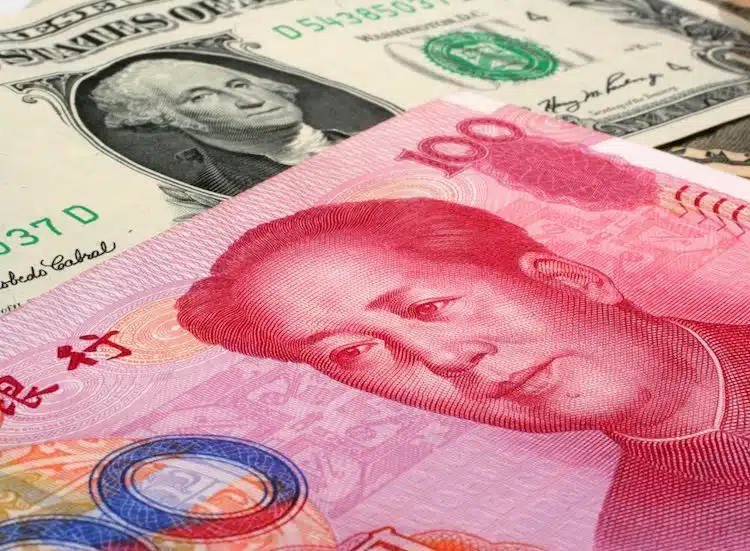The People’s Bank of China (PBOC) surprisingly set the value of the Yuan at 6.8814 on Monday, unexpectedly strengthening the currency. This comes amidst speculation that China’s USD policy might not remain passive, as the new US administrations continue to drop hints about the possibility of implementing trade policies that could cause tension between the two countries.
Although there’s a popular belief that China is one of the primary reasons for the adverse trade positions the US is facing, thereby prompting trade policies to discourage US companies from exporting jobs, it’s worth noting this is not entirely true. National Economic Council Director Gary Cohn clarified that even a border tax will not be aimed at some nations, including China. In reality, however, emerging data from the US suggests such policies are not necessary. As more companies start to recognise the benefits of retaining and eventually create new US jobs, it becomes clear that Trump’s tax and trade policies are not the foundation of such decisions but rather, the trend of engaging US-born employees is in the domestic economy’s best interest.
With the legacy of China’s rapid growth of CNY lending over the last several years, a significant financial risk has been introduced. The President of China, Xi Jinpeng, directed the government to focus on the financial industry, and subsequently in 2017, regulators will be focusing on risk controls for banks. So, while the global market was speculating that on the back of the tightening monetary policy, the PBOC will eventually let the USD/CNY rise, the PBOC surprisingly fixed the value at 6.8814. China seems unlikely to abandon its CNY defence anytime soon, especially given its renewed emphasis on financial stability and risk control.
China maintains strict control of the yuan’s rate on the mainland. The onshore yuan (CNY) varies from the offshore one (CNH) in trading restrictions; this last one is not as tightly controlled as the former. Each morning, the PBOC sets a so-called daily midpoint fix based on the yuan’s previous day’s closing level and quotations taken from the inter-bank. The sudden fixing of the value could be an indication that China is not passive when it comes to USD policy over its currency regime.
Further implications rest on the internationalisation of CNY. Currently, global growth is weak and will remain so in the medium term. The US seems to be threatening global trade, given the tone of the new administration, something that might make the Asian region in particular even more cautious. As the world economy is being battered by multiple slow-moving typhoons, many countries are looking at areas to help insulate their economies as a possible deluge of policy changes gather momentum.
If the Chinese Yuan becomes officially internationalised, this should dampen the appetite for the US Dollar all over the world, which could be a possibility considering the PBOC’s latest actions. This would not only be seen in countries surrounding China, but in the Middle East where a number of nations have their currencies pegged to the US Dollar. Such nations would no doubt consider looking at other currencies in the renegotiation of their pegs, given the fact that the Chinese Yuan is now available as a viable option. However, considering the relatively little liquidity in the global Yuan pool, there is much work to be done to see the Yuan as a significant replacement for the US Dollar.


